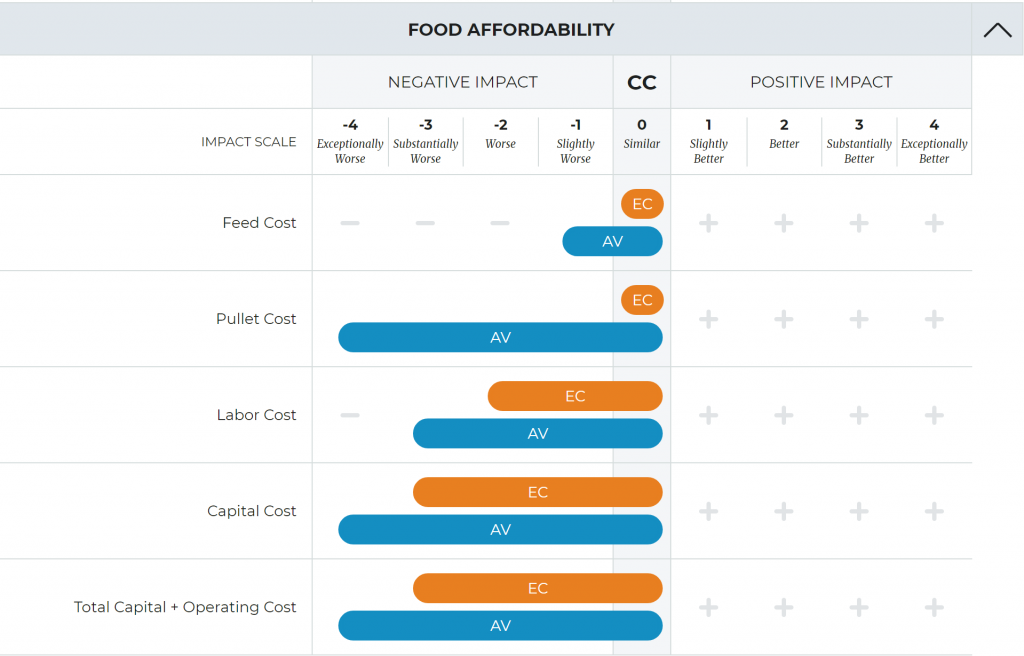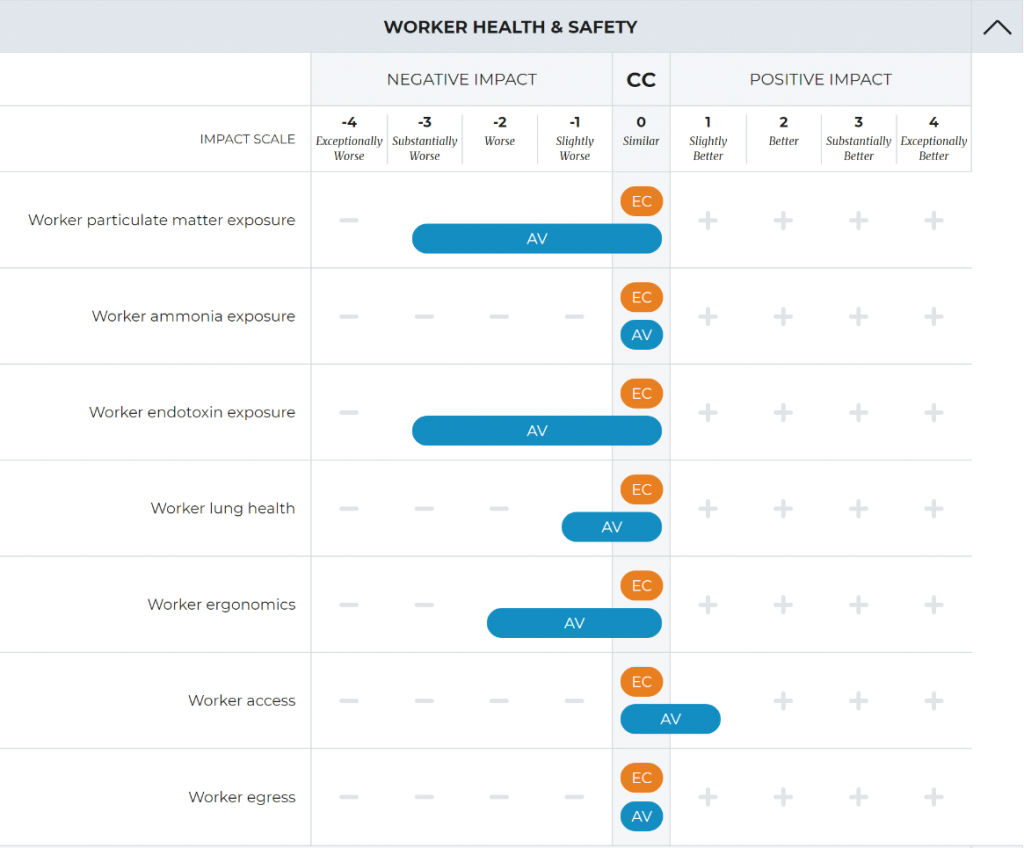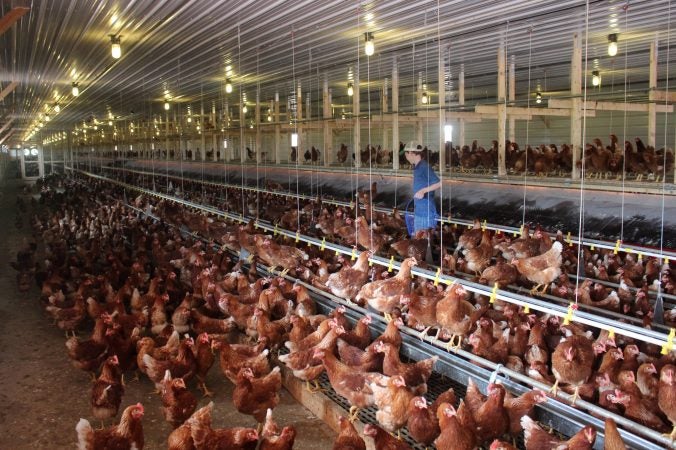Recently at the Davis Farmer’s Market, I was approached by a volunteer who was collecting signatures for a new initiative for the 2018 CA ballot. These ballot initiatives are a part of the California landscape and in 2016 posed questions to voters ranging from marijuana legalization (it was approved) to use of condoms in pornographic films (it was defeated). California allows measures to be placed on the ballot through citizen-led signature petitions. For an initiative to be placed on the statewide ballot in November 2018, proponents need to collect 365,880 signatures within 180 days.
This particular initiative would impose new standards for confining certain farm animals. The proposed title is “”The Prevention of Cruelty to Farm Animals Act”. Needless to say, most people would be hard pressed to come up with a reason to refuse to sign on for a proposal with such a title. It would be like refusing to sign an act that requires parents to love their children. But unfortunately, this innocent-sounding initiative does little to inform voters of the nuanced tradeoffs associated with the wording contained in the proposed initiative. And further questioning revealed the signature-gathering volunteer (who probably in retrospect wished they had asked some other than me to sign) had very little understanding of hen housing systems, or the likely impacts of the initiative.
This proposed measure sounds eerily reminiscent to Proposition 2, an initiative that was passed by California voters in 2008. In 2008 the initiative was to “allow these animals to lie down, stand up, fully extend their limbs and turn around freely” which was judged to be 116 square inches of floor space per bird. According to HSUS, the new initiative, “will require housing systems by 2019 that are impractical for cage confinement. And by 2021, it’s an absolute cage-free requirement.”
The L.A. Times reports the new 2018 initiative sets the standard for egg-producing hens initially at 144 square inches per bird — one square foot — which is the level at which a hen is considered by activists to be cage free by December 31, 2019. By 2022, the hens and other animals will have to be actually cage free, and allowed to roam inside barns.
The initiative’s language, submitted to the state by the Humane Society of the United States, states also prohibits businesses in California from buying or selling liquid eggs, pork, and veal that were produced from animals confined in more restrictive enclosures that would not comply with the measure’s requirements. This prohibition applies to both in-state and out-of-state production of these livestock commodities. Violation of the measure would be a misdemeanor punishable by a fine, imprisonment, or both. The measure also requires CDFA and the California Department of Public Health to issue regulations to implement its provisions.”
One thing that the large $6 million Coalition for Sustainable Egg Supply (CSES) study on hen housing systems showed clearly, was that cage-free egg production systems, which are effectively mandated by this new initiative, are not without their drawbacks, specifically this hen housing system was “the most expensive in terms of egg production costs and had the greatest hen mortality, the worst indoor air quality (with consequently greater risks for worker respiratory health related issues due to inhalation of dust and endotoxins), the greatest dust emissions, the greatest feed usage and hence carbon footprint, the greatest nutrient losses, and the greatest potential for microbiological contamination (aerobic organisms and coliforms) of eggs.” It was also “substantially worse” in terms of cannibalism relative to conventional cages (CC) and enriched colony (EC) cages (Mench et al. 2016).
For some people, providing hens with the most freedom of movement and opportunity to perform natural behaviors (flight, foraging, and dust bathing) may outweigh these other considerations, however for others different considerations like environmental footprint of food production, food safety and cost may come into play. Especially given eggs constitute a valuable and inexpensive protein staple for low-income families. Currently those choices are available in the marketplace – if this image is representative of current choices evidentially not all California consumers are interested in choosing to purchase cage free eggs – but the proposed initiative will mandate an absolute cage-free requirement for all hens producing eggs for California.

It is estimated that Californians now pay between $0.48 and $1.08 more for a dozen eggs as a result of existing Proposition 2, and that was for the CA SEFS Compliant (California Shell Egg Food Safety Compliant) 116 square inches of floor space per bird. Presumably 144 square inches per bird and then cage free will result in even higher prices.
According to HSUS, “Since Prop 2, the HSUS has led a national campaign to convince food retailers to phase in cage-free purchasing practices and to stop buying any eggs that come from hens in cages.” A number of food retailers including, Nestle, Subway, McDonald’s, Dunkin’ Donuts, Walmart, Target, Costco and other businesses have said they will make a transition to eggs from cage-free hens by 2025. HSUS keeps an updated list here. According to HSUS senior director of food policy, Josh Balk, “McDonald’s announcement in September [2015] started a landslide from the rest of the food industry”. According to Balk, “There’s nothing more powerful in talking about this issue to a company than stating that its competitors are doing it and they are not.”
And to add a little salt to this evidence-based wound, McDonald’s USA was member of the CSES study that showed there were clear hen welfare drawbacks to the cage-free egg production systems, and that in many of the metrics the enriched colony (EC) cages scored considerably better than the cage-free aviary (AV) systems. In their announcement, Marion Gross, senior vice president and Chief Supply Chain Officer of McDonald’s North America said “We’re proud of the work we’re doing with farmers and suppliers to advance environmentally and socially conscious practices for the animals in our supply chain. This is a bold move and we’re confident in our ability to provide a quality, safe, and consistent supply.”
So what are the environmental implications of cage-free egg production systems? Well according to the CSES, of which McDonalds was a member and so presumably aware of its findings, cage free (AV) was worse in terms of carbon footprint, indoor air quality, manure management, particulate emissions, and natural resource use efficiency. And it rates consistently worse, in many cases “exceptionally worse”, for all food affordability metrics than enriched colony (EC) cages.


And then there is the sticky issue of worker health and safety – rarely considered but again substantially worse for metrics like ergonomics and worker exposure to endotoxins and particulate matter for the cage-free aviary (AV) system. How do companies rank hen welfare versus consumer, farmer, and worker welfare in” socially conscious” decisions?

In the food companies’ rush to promise buying only cage-free eggs in the years to come, I wonder if anyone is paying attention to animal, consumer, farmer, and worker welfare implications of cage-free aviary (AV) systems. One would think groups portending to be interested in animal welfare, rather than perhaps dissuading animal protein consumption, might at least be interested in this. As this piece in the Seattle Times, featuring undercover video footage of chickens in a cage free environment warns,
“The egg industry has long warned that hens living cage-free in aviary systems will experience higher mortality rates and more disease. Research by the Coalition for Sustainable Egg Supply, which is financed by egg producers and food companies, found “substantially worse” levels of aggression and cannibalism in cage-free systems, also known as aviary systems, compared to caged systems. It has also found more damage to the birds’ sternums.”
It is too easy to paint a simplistic story that portrays one production system as bad using undercover video and selected imagery, and an alternative as idyllic by using terms like “allowed to roam inside barns” while ignoring the substantially worse rates of keel damage and cannibalism, but the inconvenient truth is that all production systems have pros and cons, and those that appeal emotionally to humans as being the most natural, are also associated with real welfare concerns and big sustainability tradeoffs.
So we have a dilemma. Who gets to define animal welfare parameters of agricultural production systems? One could argue the consumer and that might be appropriate if tradeoffs are clearly communicated, and different production systems that provide that choice are allowed to coexist. Another might legitimately be the animals. My UC Davis colleague who studies chicken welfare, says her job is to look at production systems from the viewpoint of the chicken, not as how humans might imagine a chicken might perfer. Dr. Temple Grandin famously did something analogous in terms of slaughterhouse facility design.
I have a feeling that choice as it relates to the production system used to produce the eggs for California consumers will soon be limited to only cage-free options if the initiative “The Prevention of Cruelty to Farm Animals Act” is on the 2018 ballot, despite the sustainability concerns around the environmental, economic and other implications of this proposition.
I hope that rather than ignoring the very real impacts of this proposition, there will be a transparent public discussion of the evidence-based tradeoffs and interplay among food safety, environmental, animal health & well-being, worker health & safety, and food affordability implications of this proposed initiative. Perhaps we could also include producer welfare in there as well. And that this time around public sector scientists won’t get sued for trying to give California voters an objective assessment of the likely impacts of passing the initiative.
